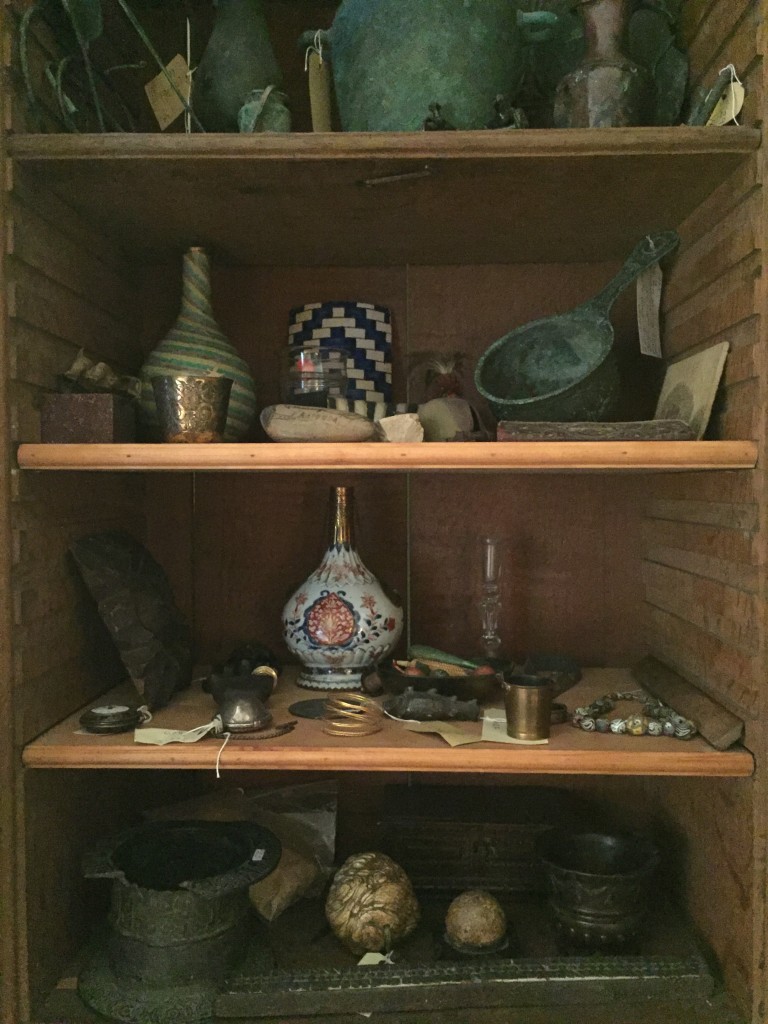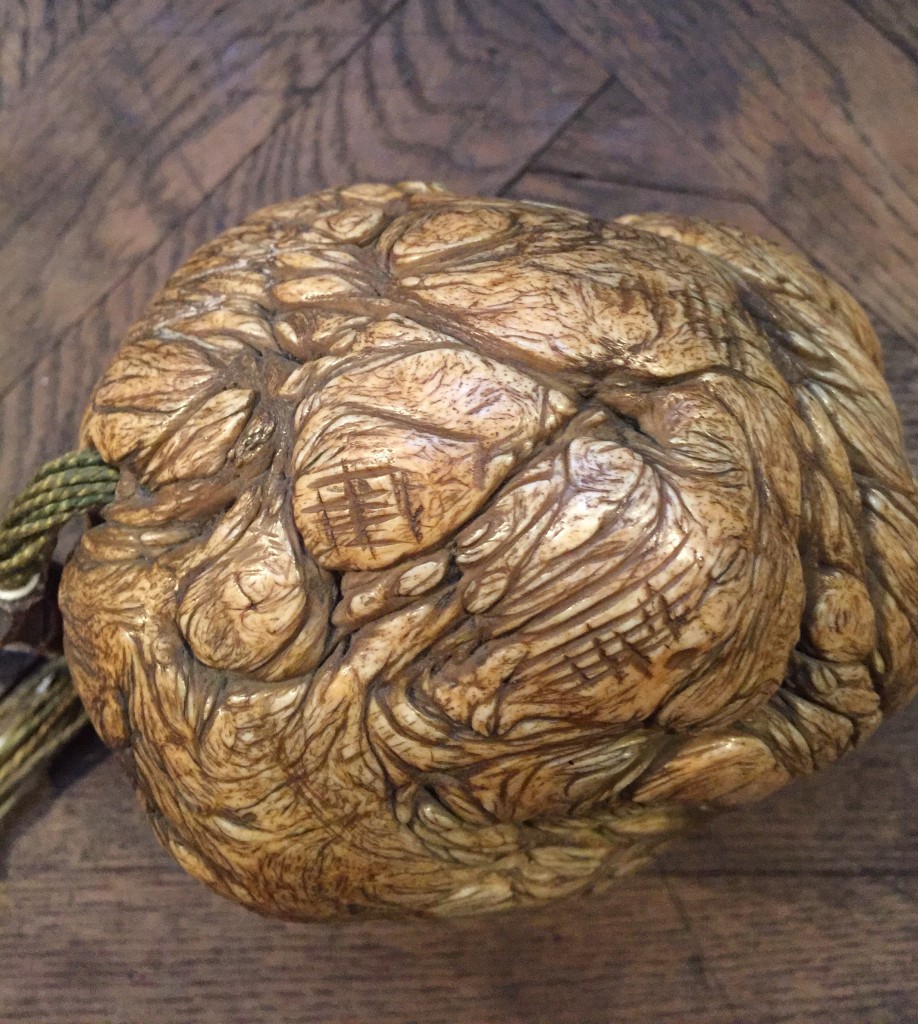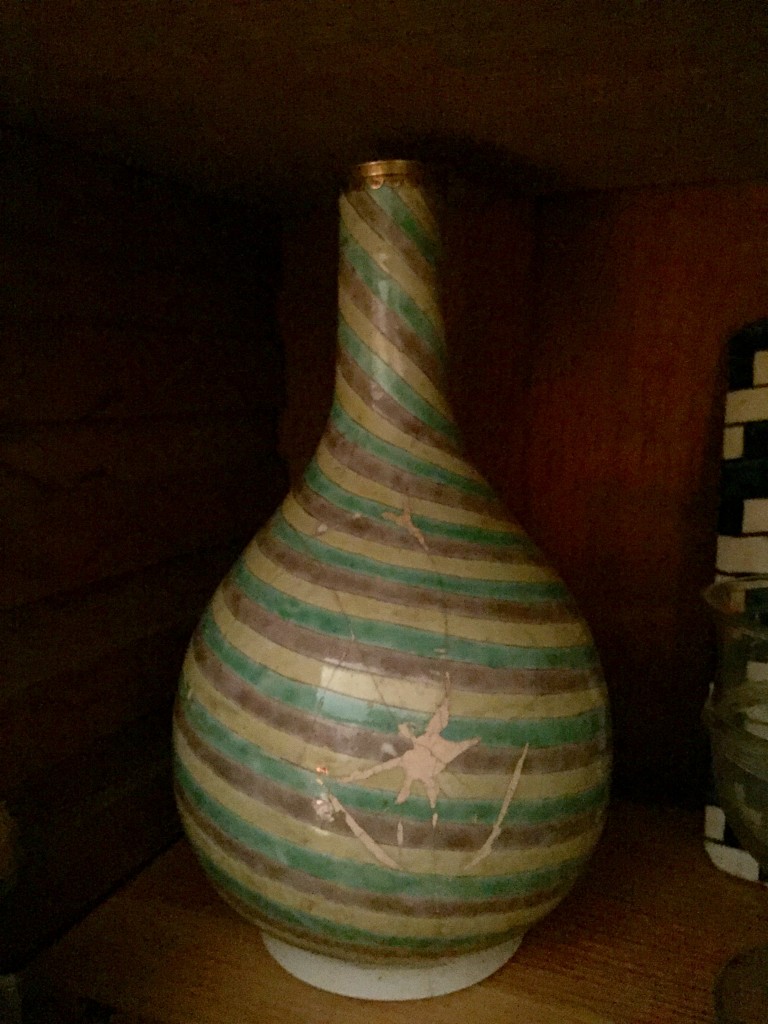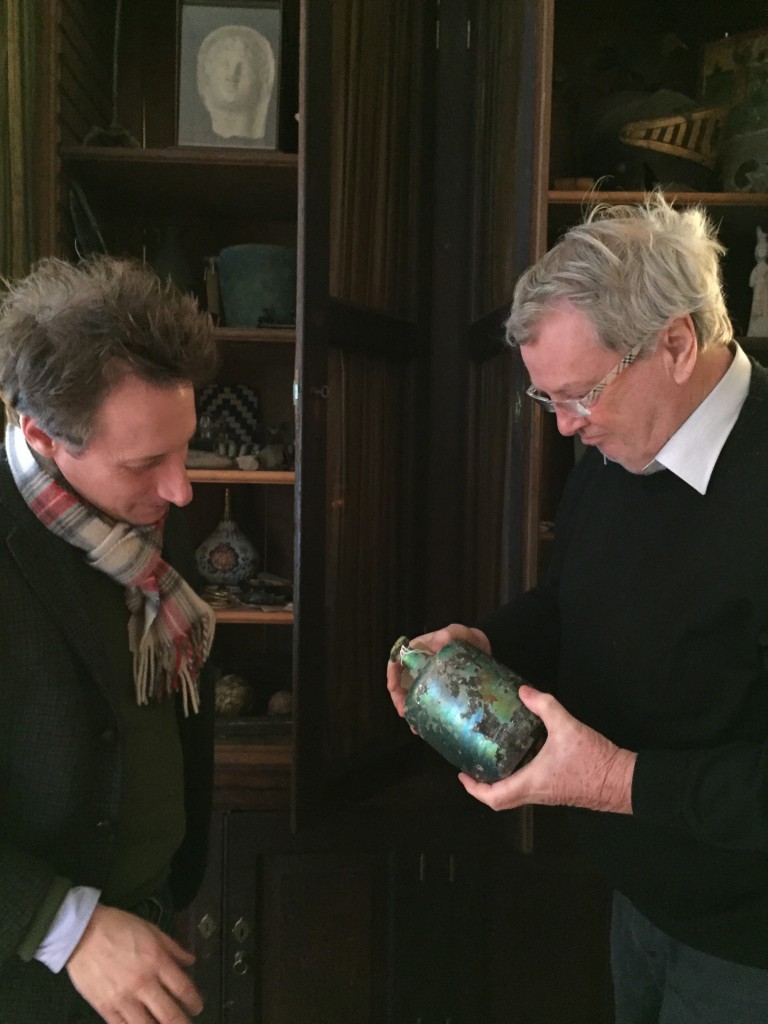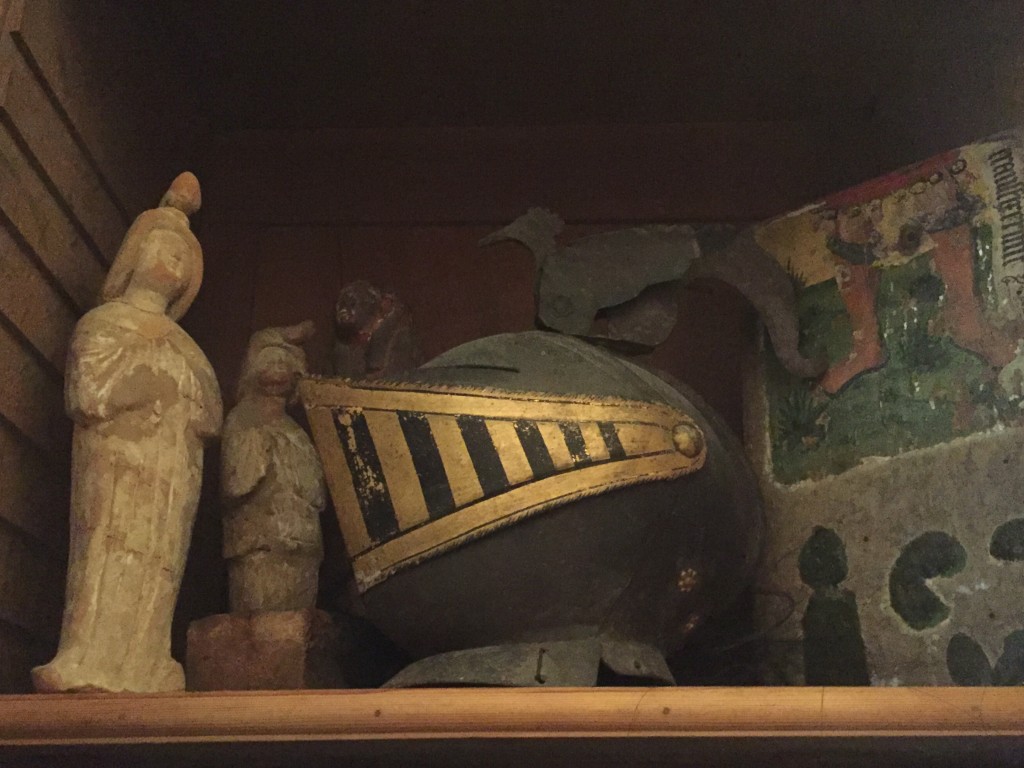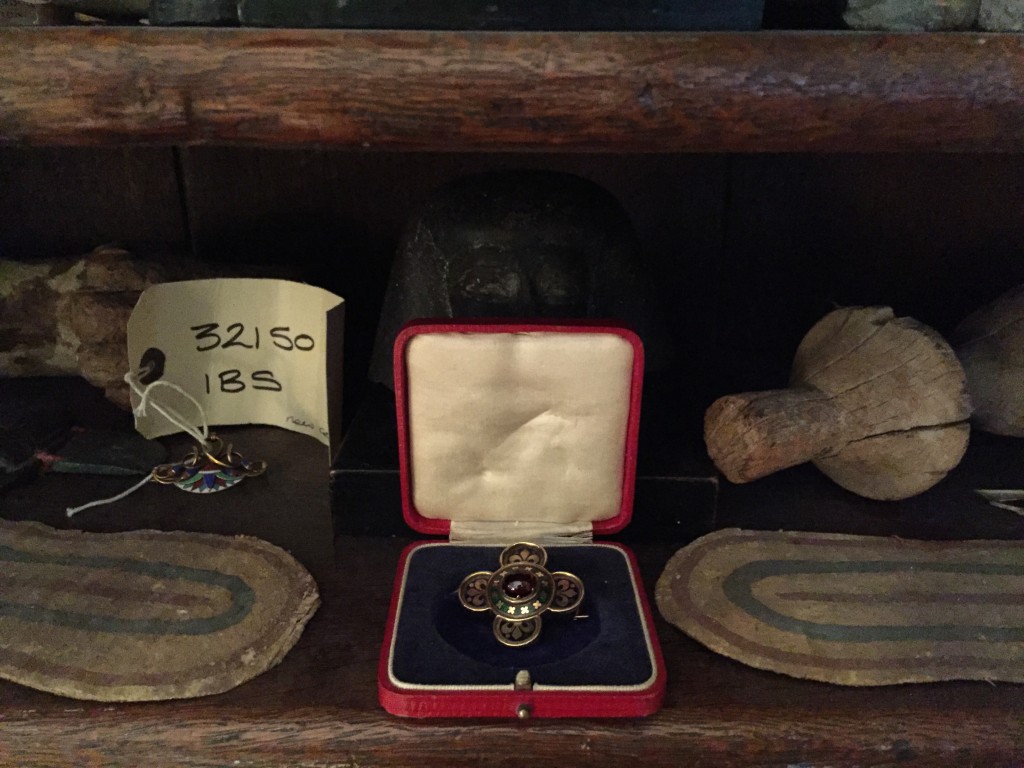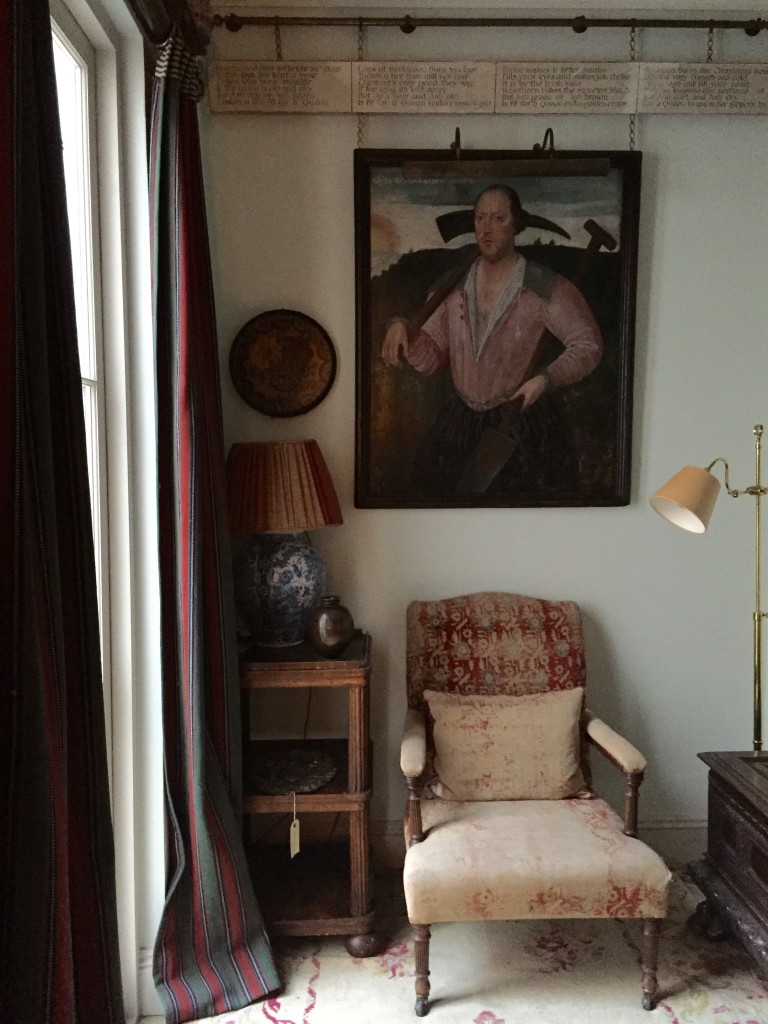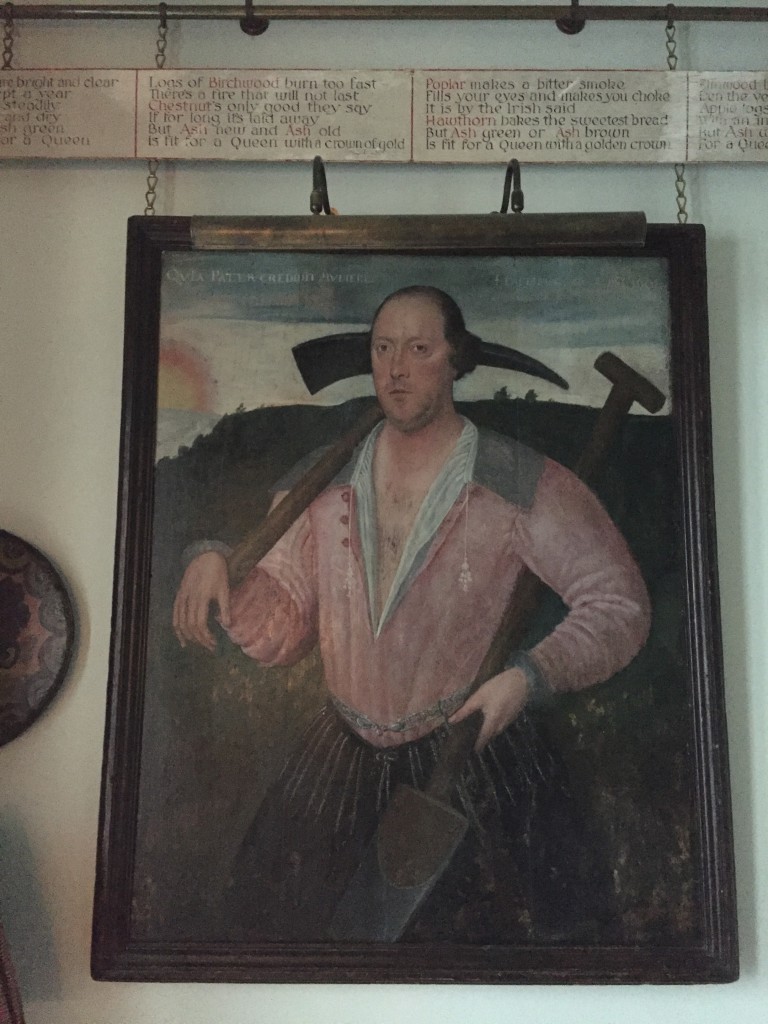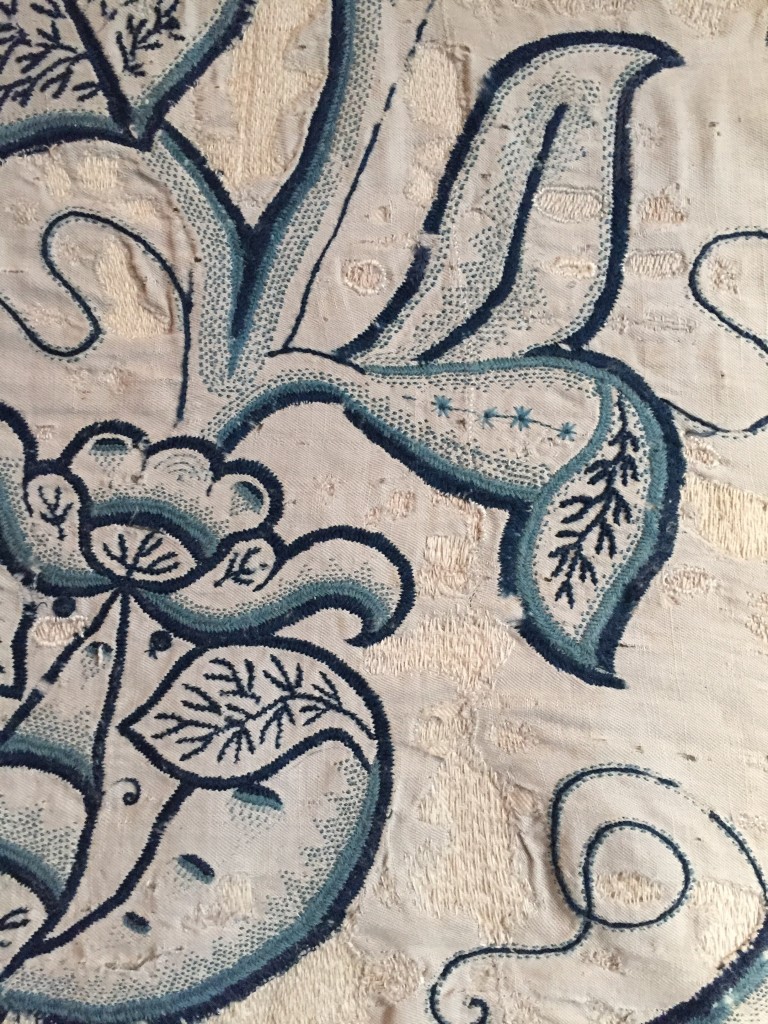Last week Charlotte and I had the great pleasure of going to Hampton Court for a candlelit dinner to celebrate Robert Kime’s 70th birthday party. It was a beautiful evening, as sumptuous and heartfelt as his own exquisite interior design. This week I asked him if he would do me the great honour of showing me his favourite objects. Having sold huge quantities of inventory and personal artifacts at multiple Christie’s auctions he has distilled his collection. I was intrigued to know which treasured objects he lives with now.
Through the objects we seemed to move through every period of ancient history: from Roman to Medieval, Egyptian and Elizabethan to the twentieth Century. Robert’s cabinet of curiosities held the rarest objects including an exquisite 13th Century Pestle and Mortar, an ancient Venetian mosaic sample and an extremely rare Elizabethan Bezoar.
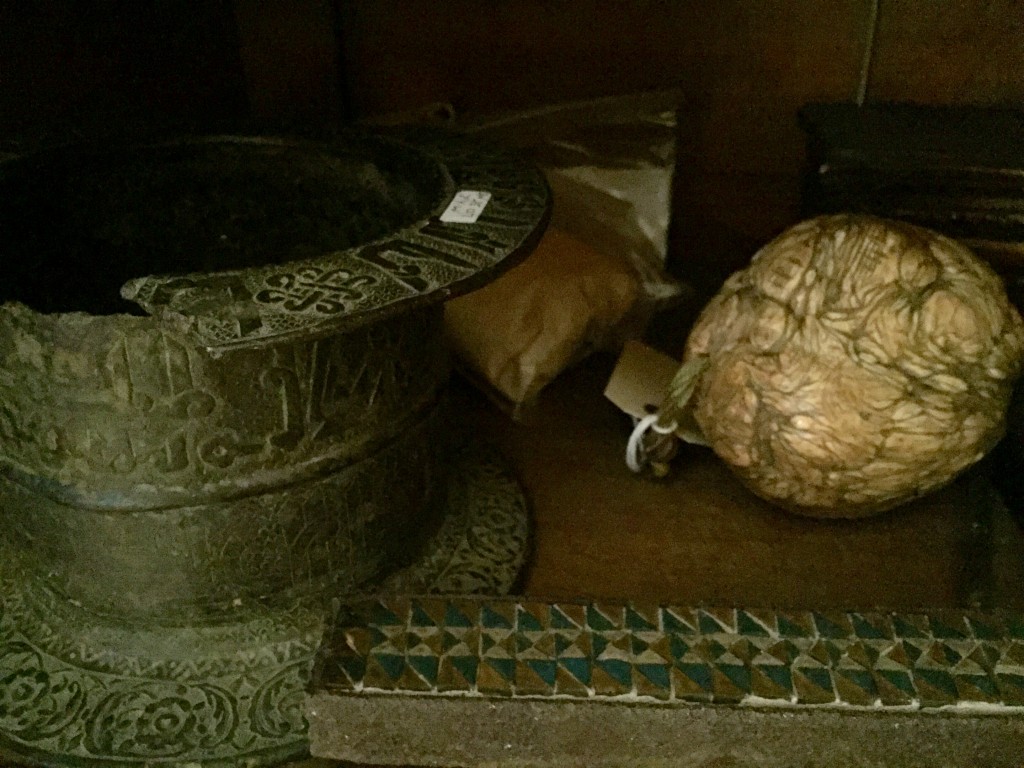
The first object I held was the extremely rare Elizabethan Bezoar. A Bezoar (the name originates from the Persian word pad-zahr meaning antidote) was considered to hold medicinal healing properties in the sixteenth century. Formed in the stomach of an animal it looks and feels like the most beautiful stone or intertwined bone. I could see the little chips that had been carved away for each time healing was required.
Next Robert pulled out some of his favourite and very rare ceramics. This 17th century ceramic vase is particularly unusual with its stripe formation.
The next piece he wanted to show me was a beautiful and large example of Roman glass, again very rare, it almost seemed Pompeian.
Next he showed me an 16th century Turkish Moon flask that would have carried water.
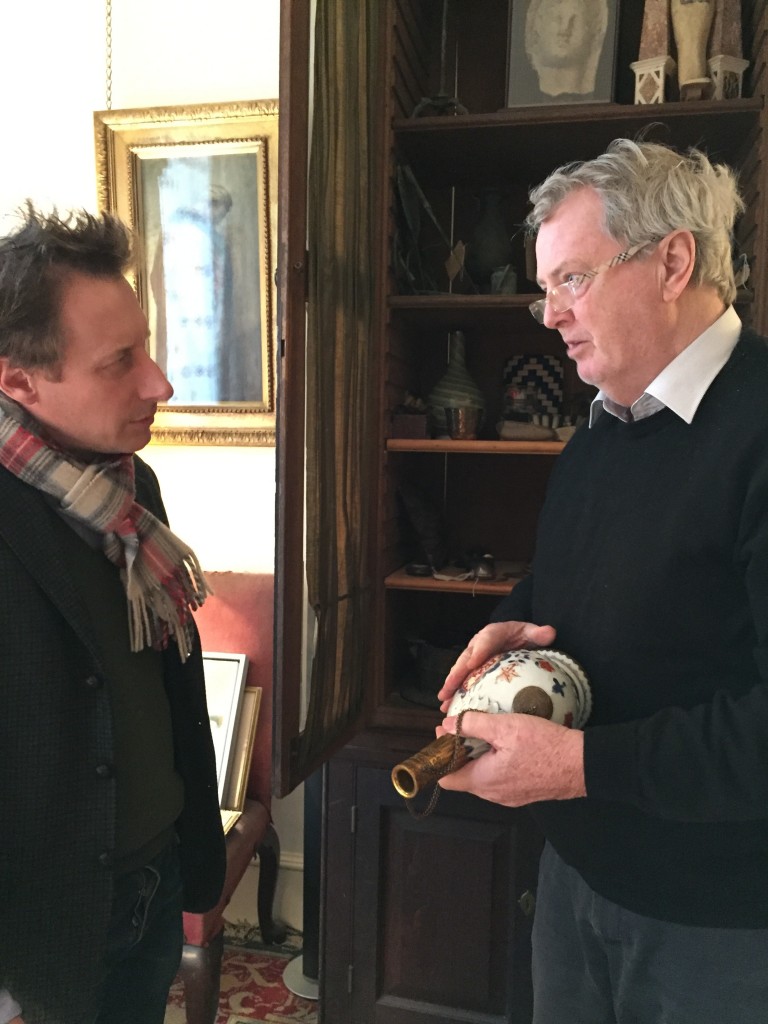
“Those moments that rarely happen. Sometimes things are meant to find you, and sometimes they miss you.”
This ceramic that was made for the Turkish market was incredibly rare piece and Robert serendipitously bought it in South Wales.
He showed me a medieval helmet that would have originally been worn. It is extraordinary considering how heavy it is. I got the sense of a completely different era. Robert added ” It’s a bit bashed up but the gilt is still so striking and hardly scathed throughout the years.”
He explained to me that everything he has found already comes with an amount of love and by being drawn to that object, you just know why you love it – the feeling is instantaneous but to explain why is to loose it. He showed me a rather beautiful ancient egyptian dog called an Anubis, that sits next to soles of shoes from the 1st Millennia 700 BC.
I had another educational lesson illustrated through “a very, very beautiful thing” – a gold and garnet broach made by the Elizabethan revivalist Pugin. As well as being an architect, designer, artist and critic, he also made jewellery!
I fell in love with his next prized possession. A 17th century English Painting.
He explained the latin inscription to me in the top left corner ” Why should the father have believed his wife?” Pointing out the symbolism with half a Sun in the top half corner and the attire of a noble man that bears the arms of a hedger and a ditcher, he explained that people looking at the painting would have known immediately what it meant: that the man was illegitimate. Robert added ” He was not quite the full quid and I am very very fond of it for that reason”
The last piece he showed me hung above the stairs at the top of his house – an extraordinary and expansively large (about two metres by one metre wide) example of Elizabethan needlework.
He told me the amazing story: “When I bought it, it was roughly £50 because it was a mass of holes – millions and millions, almost beyond repair. My restorer’s wife, who I was very fond of, declared she was having a nervous break down and I said well, have this and mend this. The act of restoration actually made her better. The shredded material was restored and so was she!”
Robert has just published a book that draws together all the wonderful homes he has created over the years, including his own. When you see photographs of Robert’s interiors you are immediately drawn into the depth, layers of colour and textures and the story created. A photo rarely compares to the experience though and actually being in the aesthetic of his home and shop in Museum Street this week was an enormous privilege and our conversation has stayed with me since.









